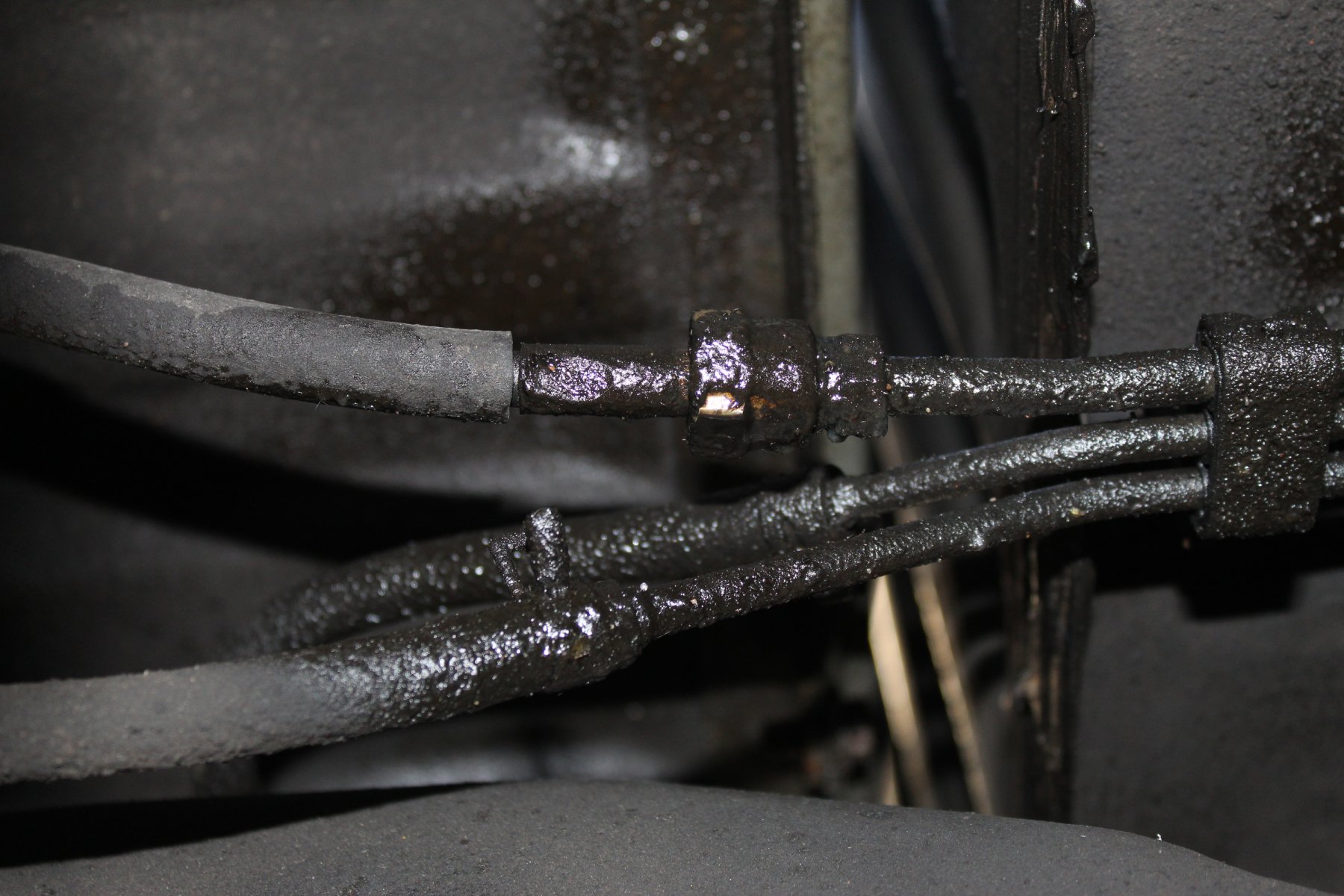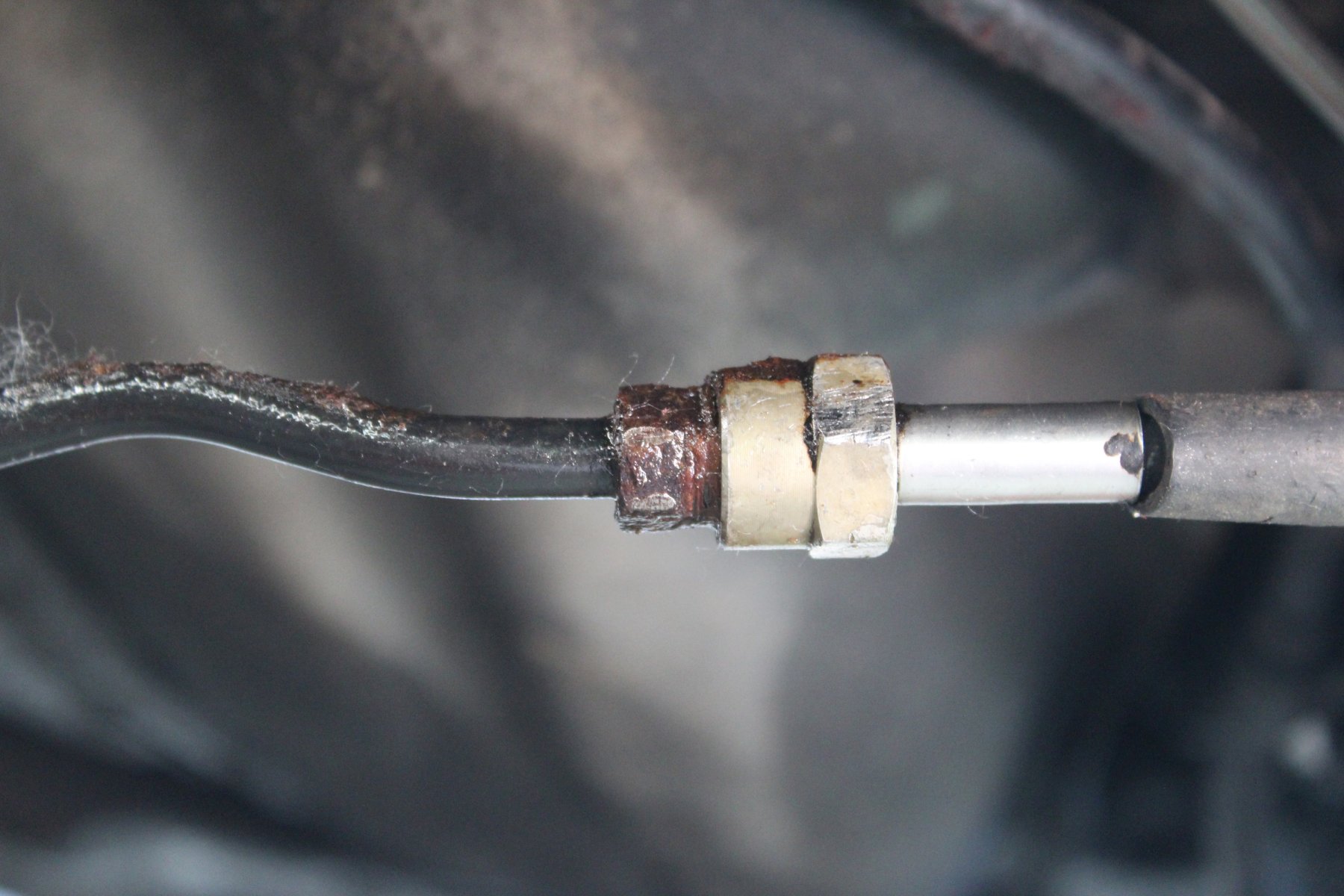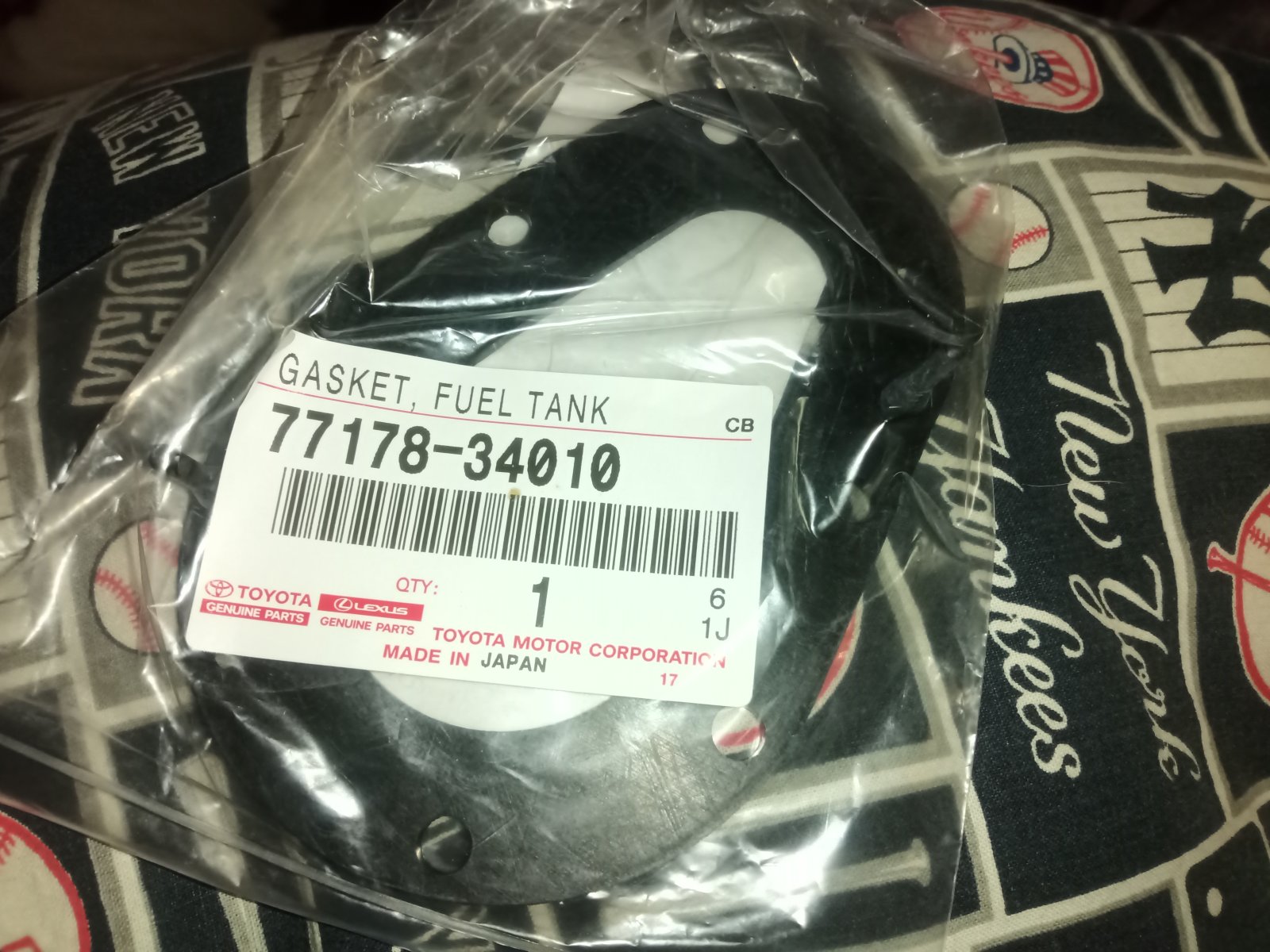JayQQ97
MW surVivor ... clutched. 350k on the 0D0
this is the best video i have found so far for attempting this
although it's for a gen3 T4R circa '97 and not a taco
unfortunately, there are quite a few differences between the two
shooting for May or perhaps June for this belaboured task
although it's for a gen3 T4R circa '97 and not a taco
unfortunately, there are quite a few differences between the two
shooting for May or perhaps June for this belaboured task
Last edited:




